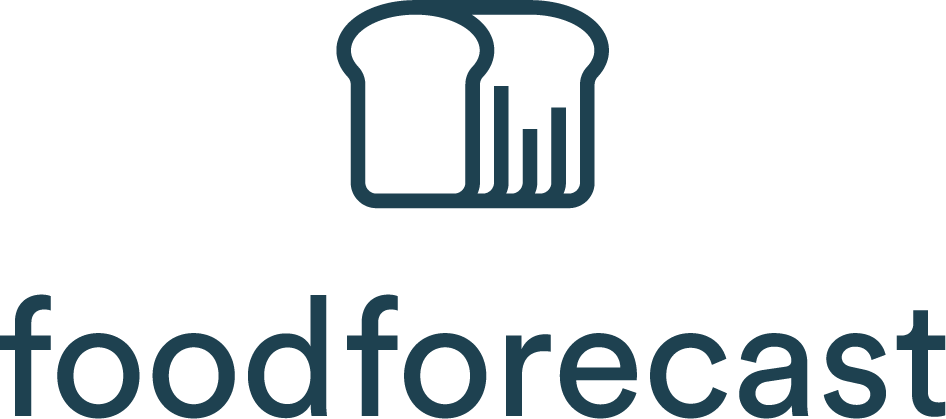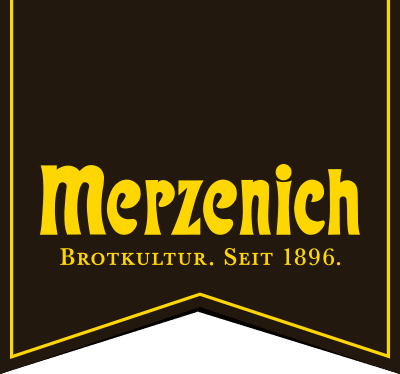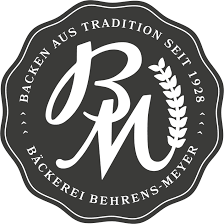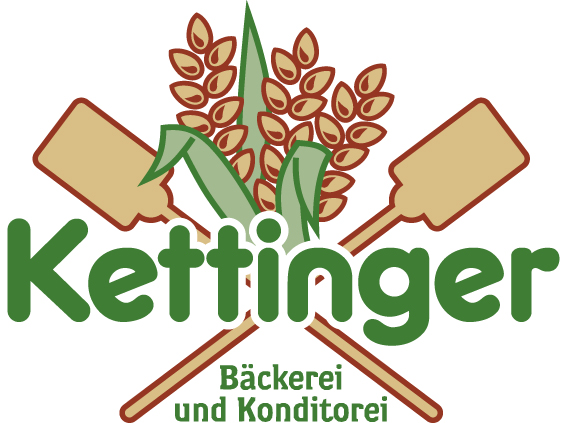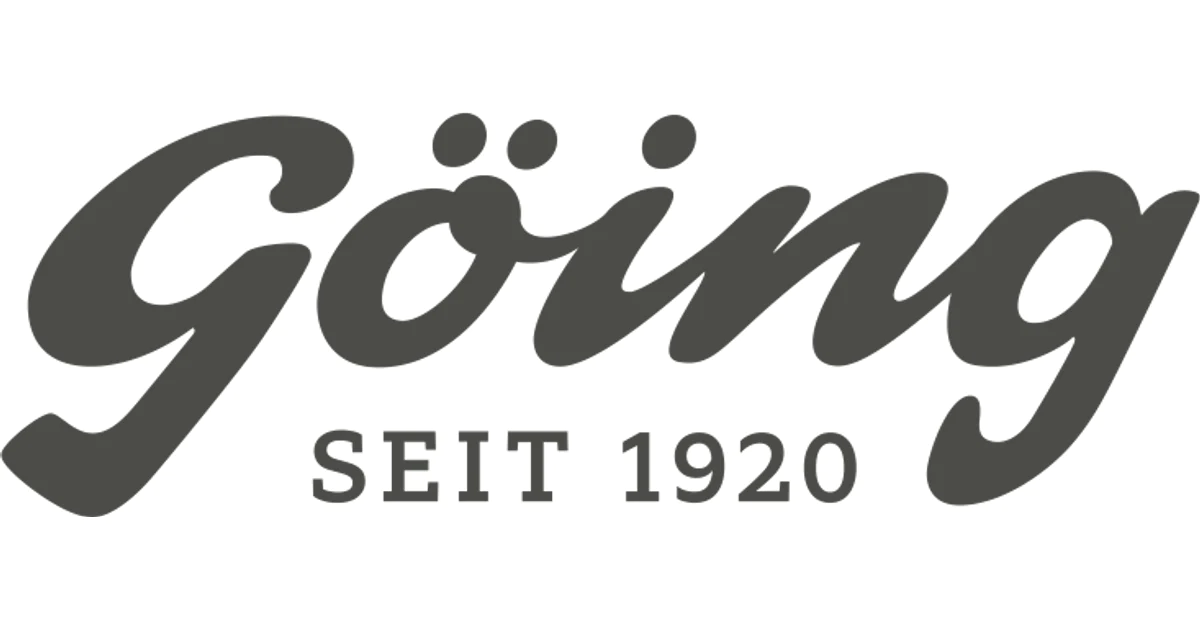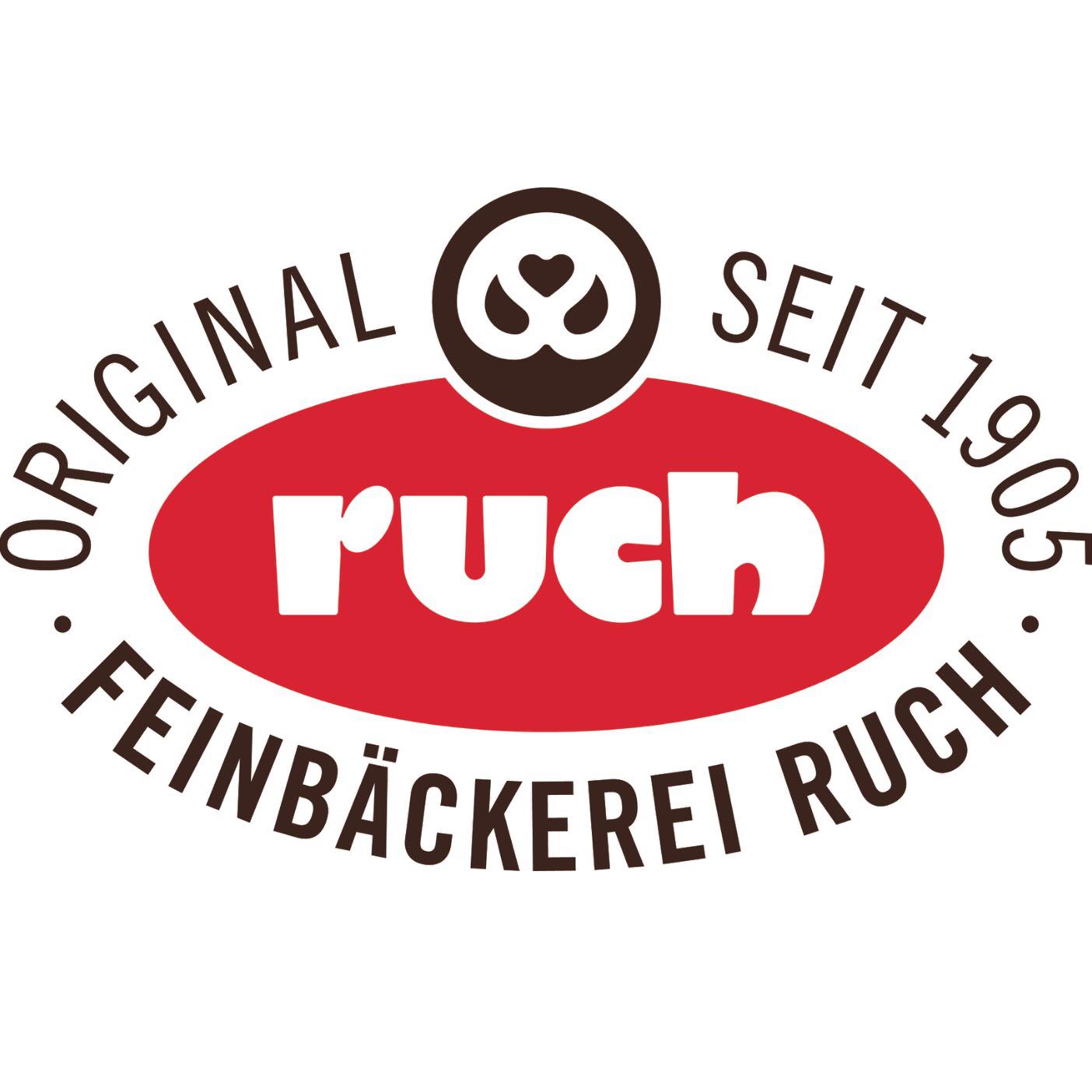Definition
Food production encompasses all processes and methods that are necessary to produce food. This begins with the agricultural production of raw materials, such as the cultivation of grain, vegetables and fruit, and livestock farming. It continues with the processing of these raw materials into ready-to-eat foods. Both traditional and modern techniques play a role here. Food production is an essential part of the economy and has a direct impact on food security and the health of the population.
Food production refers specifically to the processing of raw materials into consumable products. This includes the processing, preservation, packaging and distribution of food. Various techniques are used in production to extend shelf life, improve taste and maintain nutrient density. Food production can be carried out by hand in small businesses or industrially in large factories.
Industrial food production refers to the large-scale production of food in factories. This method of production is characterized by the use of technology and machine processing to achieve high production volumes and maximize efficiency. The benefits include lower production costs and the ability to supply a large number of consumers. However, critics often criticize the potential negative impact on the environment and health, as well as the often lower quality compared to artisanal products.
Requirements in food production
Requirements for food production include a variety of criteria that must be met in order to ensure the safety and quality of food. These requirements include, for example
- Hygienic conditions
- Control of production processes
- Compliance with legal standards and regulations
- Implementation of quality management systems
- Requirements relating to sustainability, ethical procurement and social responsibility
Food production regulations
Legal regulations in food production stipulate how food should be produced, processed and distributed safely and hygienically. These regulations are intended to protect public health and include standards for the quality of raw materials, production processes, labeling and packaging. They are generally monitored and enforced by national and international health authorities.
Requirements in food production are specific conditions and regulations that companies must comply with in order to obtain and maintain an operating license. These can vary by country and region and often include regular inspections, certifications and documentation of production processes. Requirements serve to ensure that food producers meet the necessary standards for hygiene, safety and quality.
Hygiene regulations in food production
Hygiene regulations in food production are guidelines and standards designed to ensure that food is safe and free from harmful contaminants. These regulations cover all areas of production, from the procurement of raw materials to processing, packaging and storage. They include measures to control hygiene risks, such as regular cleaning and disinfection, staff training in hygiene practices and monitoring of the production environment.
Sustainable food production
Sustainable food production aims to produce food without depleting natural resources or harming the environment. This includes the use of environmentally friendly methods such as organic farming, reduced use of chemical fertilizers and pesticides, as well as measures to reduce greenhouse gas emissions. Sustainability in food production also strives for fair working conditions and the support of local communities. These approaches are essential to ensure food security for future generations.
Artificial intelligence in food production
Artificial intelligence (AI) is revolutionizing food production by making processes more efficient, sustainable and safe. In agriculture, AI is used to optimize the use of fertilizers, water and pesticides through precise analysis and predictions, resulting in higher yields and lower environmental impact. In food processing, AI-controlled machines enable the automation and improvement of production processes, from sorting and quality control to packaging. Sensors and image processing systems supported by AI detect contamination and defects faster and more accurately than conventional methods. AI also helps predict demand and optimize supply chains, reducing food waste and improving the availability of fresh produce. Overall, AI helps to increase the efficiency of food production while ensuring the safety and quality of end products.
Request a callback
We will be happy to call you back promptly to talk to you personally
